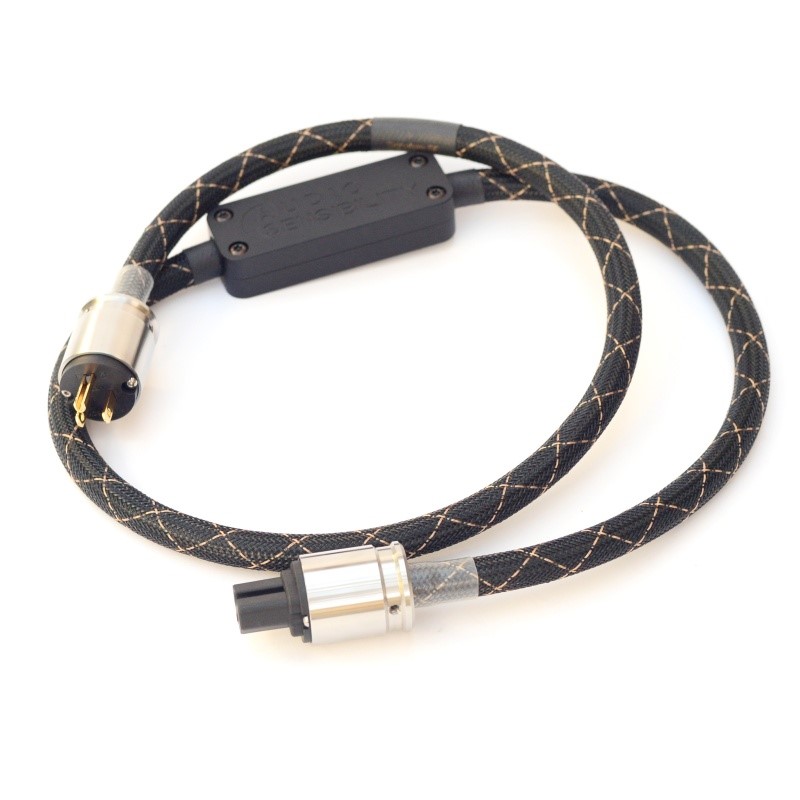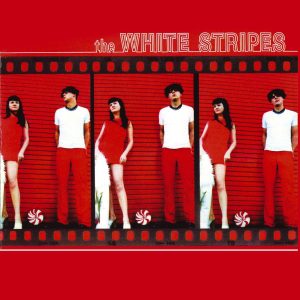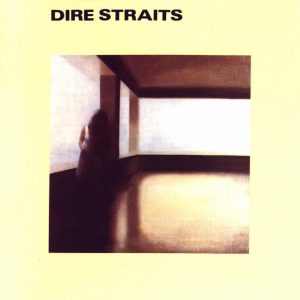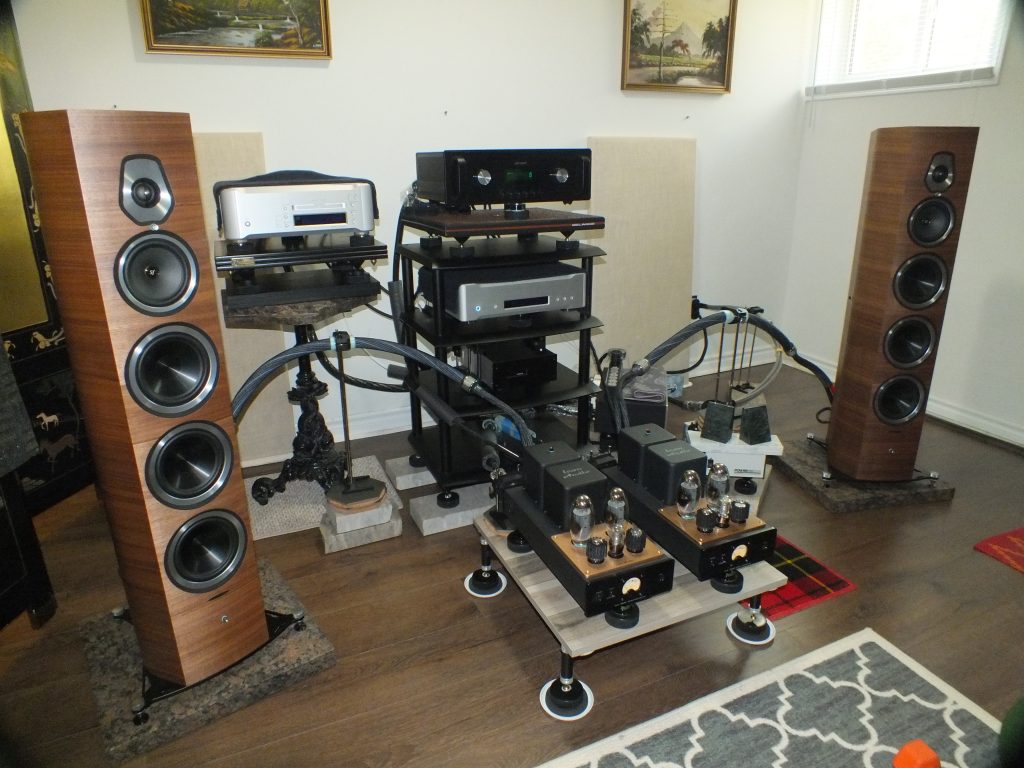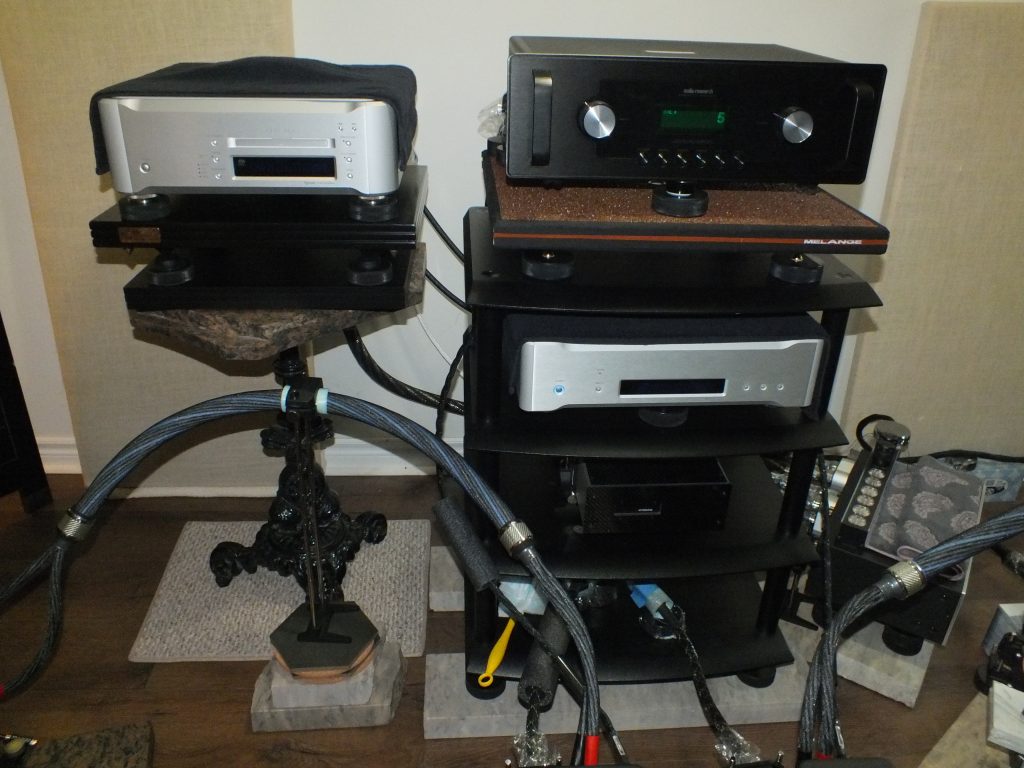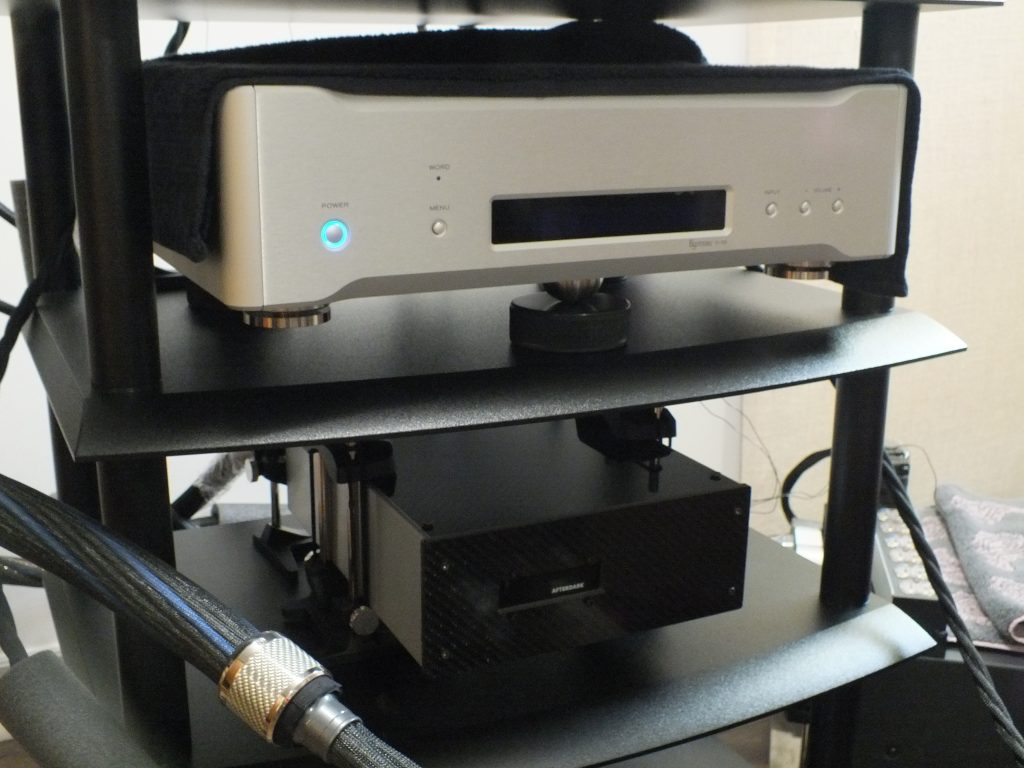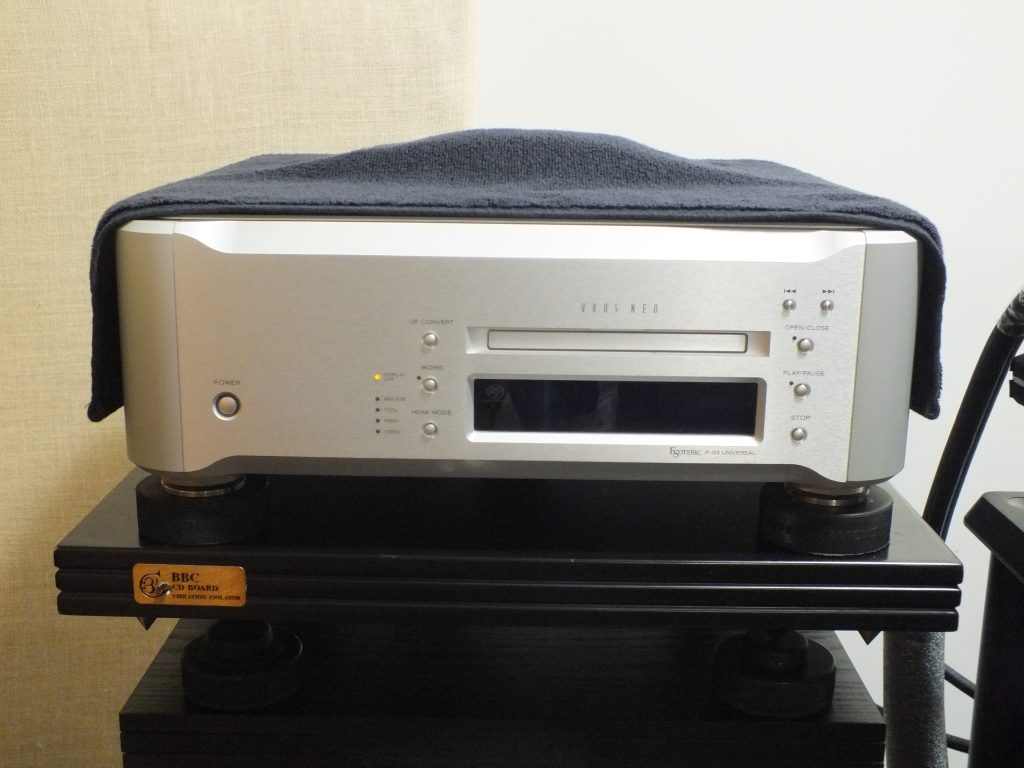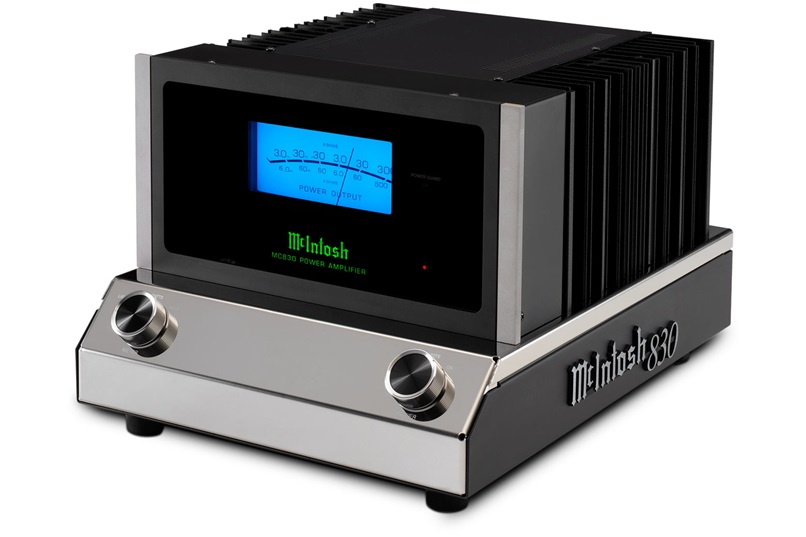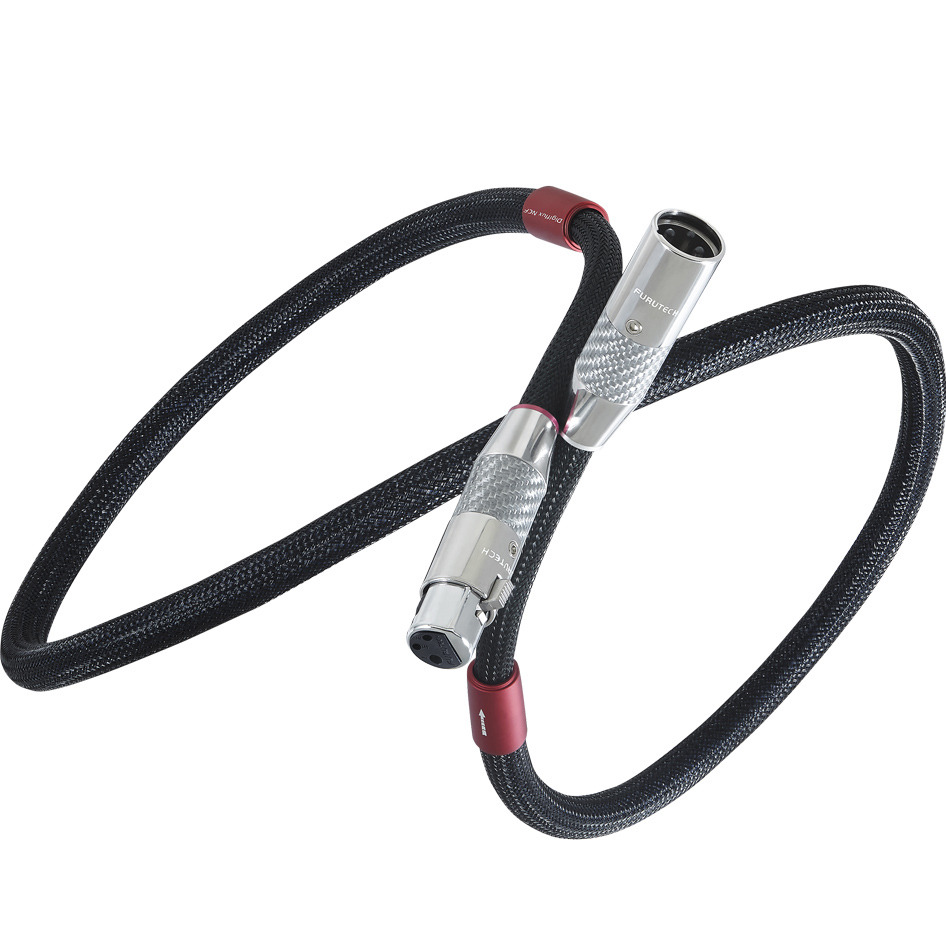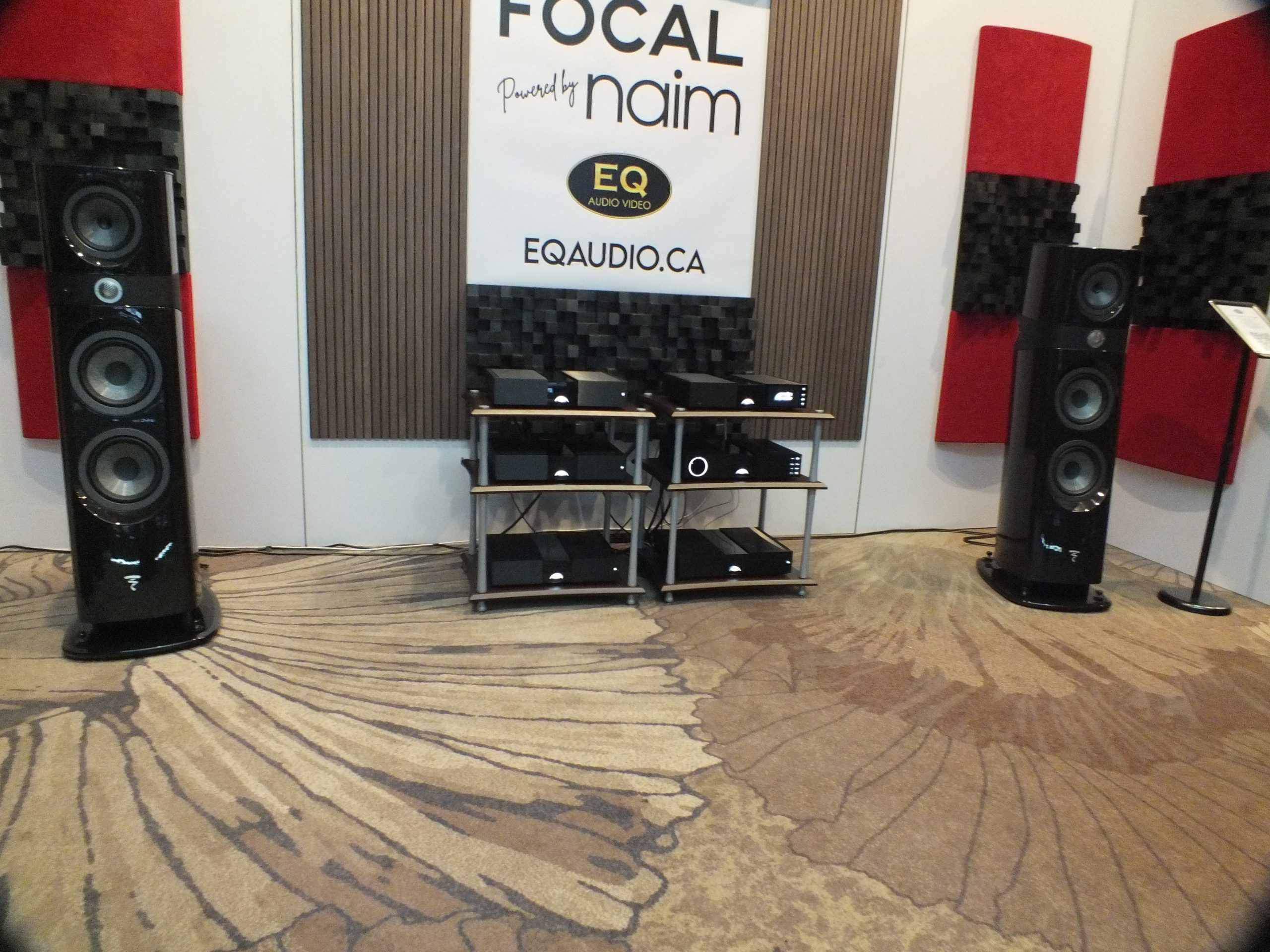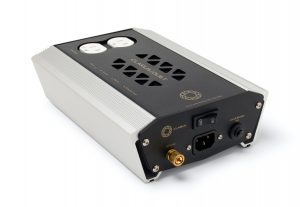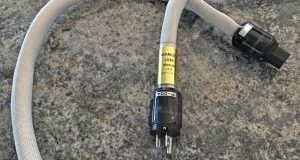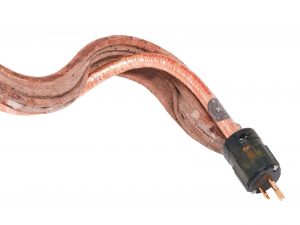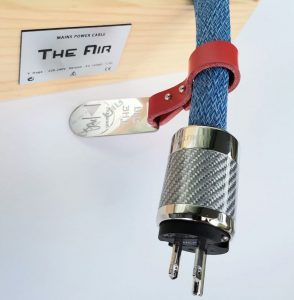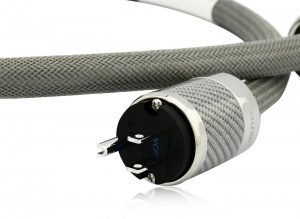Image courtesy of Audio Sensibility
I've been writing professional (i.e., paid) audio reviews for 12+ years. I've auditioned hundreds of different wires from audiophile cable companies and written dozens of power cord articles. For me to keep any A/C cable longer than a year or two, said cord must deliver either: a), state-of-the-art sound; or b), exceptional sonics at a specific price point.
In 2014, I reviewed four A/C power cables (PCs) from Toronto-based audiophile cable maker Audio Sensibility (HERE). Nine+ years later, I still own two of those power cords. First is a 1.5m Signature v1 PC ($995 CAD). Second is a 1.5m Statement OCC-Copper PC ($750 CAD). Is either one of these A/C cords the best I've ever heard? No… certainly not. But each power cable offers exceptional sound quality for its asking price. When reviewing PCs from other companies, I always use these two giant killer PCs for comparison tests.
When Audio Sensibility's owner Steven Huang mentioned that he was unleashing a new top-of-the-line Signature Special Edition (SE) A/C power cord, I jumped at the opportunity to review it.
Electrical A/C Basics
Some cynics argue that because there are miles of power lines carrying electrical current, the last six feet of cable cannot possibly make a difference to the sound. This cynicism is misinformed though, because power cords are the key part of a circuit that sits between a component and the outlet feeding it alternating current (A/C) electricity. In high-end audio, A/C cables aren't the last six feet. They are, in fact, the first six feet.
Real (i.e., measurable) differences in the electrical performance of A/C cables do exist. Audiophile power cords are designed to dramatically limit noise, reject Radio Frequency Interference (RFI), and block Electro Magnetic Interference (EMI) before any of it pollutes the sound quality of stereo components.
Power cable sonics result from a number of things: One, the metal(s) used in the conductors; two, the di-electric insulation; three, the materials and design of the shielding surrounding the core conductors; and four, the quality of the plugs and the termination work.
Product Description
Audio Sensibility's new Signature SE A/C power cord has a black plastic box attached to the conductor bundle. This box is custom fabricated in-house on a 3D printer. There are two latest-generation Bybee™ quantum filters inside the box: one on the live wire and the second on the neutral line. The leads on these Bybee filters are custom made with 12-gauge OCC-silver (Ag) wire. For a deeper technical dive into the electrical theory behind Bybee's filters, please visit Audio Sensibility's website.
Far too many cable OEMs wouldn't know what "innovation" in cable design was if it fell out of the sky, landed on them, and started to dance. Some cable manufacturers make laughable claims that their wires are sprinkled with cosmic space dust, blessed by the Tibetan voodoo priests, and/or dipped in liquefied unicorn farts. All of which, of course, is nonsense. Audio Sensibility bases improvements in cable design on measurable electrical engineering, not snake-oil level sales pitches.
The conductors in all Signature SE A/C power cords are made of single-crystal Ohno Continuous Cast (OCC) copper (Cu). The conductor bundle consists of three x 11 Gauge OCC-copper wires which are encased in an irradiated poly-ethylene di-electric.
The Special Edition Power Cable also features new thinner diameter custom-fabricated 303-grade stainless steel headshell cylinders. Being physically thinner and lighter than the cylinders used in previous generation v1 through v3 Signature power cords, the new headshell is easier to fit into power outlets with tight space constraints.
The fit and finish of the Signature SE sample cables I received for review was exemplary. So… how does this power cable sound?
Set-up
For this review, I was given two 1.5m Signature SE power cords ($999 USD / $1349 CAD per cable). Both PCs were terminated with 15 Amp IEC plugs. I auditioned them in a $150K+ USD level 2-channel digital rig.
The front end of this 2-ch rig has an Esoteric P-03 SA-CD transport, an Esoteric D-05 DAC, and an $8K AfterDark Emperor clock. An ARC LS-28 tube preamplifier feeds two Icon Audio KT-150 tube mono-block amplifiers. These amps drive a pair of Sonus faber Sonetto 8 floorstanders. Other cables are a mixture of Stealth, Audience, Synergistic Research, and Stage-3 Concepts' wires.
Intrinsic Sound of the Signature SE power cord
Audio Sensibility's Signature SE power cord sounds clean, clear, and uber-neutral. This power cord isn't somewhat warm like Cardas' copper power cables, or hyper-detailed like Nordost's A/C cables. It bats right down the middle and is perplexingly neutral. In my system, the SE worked best with components that need lots of current (i.e., mono-blocks and power regenerators).
The Signature SE cuts background noise dramatically. This lower noise floor results in significant increases in clarity, timbral accuracy, and PRaT. This was not a subtle ‘strain-to-hear-minor-differences' sonic experience. Sure-footed French-Canadian Jesus on a surfboard… "non." The music was noticeably fuller with more air and space between individual instruments. The walk-through, holographic, 3-dimensional soundstaging was more precise and exact.
Shortcomings…?
The Signature SE PC will not get you to last 3% to 5% of what is currently available from state-of-the-art $15,000+ USD A/C cables. Please remember: a 1.5m length Siggie SE has an introductory price of $999 USD!
Comparison Tests
Signature v1 versus Signature SE
I first compared the new Signature SE to an original Signature v1. Both power cords have the same ‘house sound' and offer decidedly neutral sonics. The highs of both PCs were unforced without being glassy or bright. Mid-range vocals were out front and positioned correctly. The mids had superb PRaT and timbral accuracy. The lower mid-range, upper bass, and mid-bass of the Signature SE offered lifelike instrumental timbres which felt less forced than the Signature v1. The low bass of both PCs was nearly identical. The dynamic energy and the speed of transients of both cords were also remarkably similar.
Where the Signature SE outclassed the original Signature v1 was in soundstaging and noise reduction. With the SE model, the soundstage expanded by about 20% and the noise floor dropped considerably. Image placement of individual instruments was also noticeably better with the new SE version.
1877-Phono Silver Dart PC vs. the Signature SE
A 1.5m 1877-Phono™ Silver Dart Power Cord costs $1400 CAD. The Silver Dart PC is as stiff as a frozen fire hose. Compared to the $1349 CAD Signature SE, the Dart's sonic signature was noticeably heavier and darker.
Although this lower frequency "weight" might work with some digital gear that's tinny or bright, in my 2-ch rig, the Silver Dart's heavier density in the bass registers muddied the clarity and slowed the speed of transients in the highs and mid-range. By comparison, the Dart's overall sonic character was more tainted than East Palestine Ohio tap water. The Siggie SE also delivered faster transients, superior PRaT, and a bigger soundstage.
Overall, the Signature SE power cord had better timbral accuracy, stronger dynamics, and a more cohesive sound. The nimble musicality of the Signature SE cleanly beat the slower and denser sound of the Silver Dart.
Crystal Cable's Reference Diamond PC vs. the Signature SE
Climbing up the price ladder, I next compared the $1349 CAD Signature SE to a $3000 CAD 2.0m Crystal Cable Reference Diamond A/C cord.
The Reference Diamond sounded thinner, glassier, and harsher. Although the Ref Diamond Power Cord delivered marginally faster transients, I found that its sonic signature over-emphasized high frequency detail.
Some power cords are weighted "top down." This is a polite way of saying that the midrange and lower frequency registers are being de-emphasized in favour of accentuating the highs. In direct comparison to the Signature SE, Crystal Cable's Reference Diamond sounded bright and harsh. The Siggie SE created a far more cohesive and musical sound than the Ref Diamond Power Cable.
Stated succinctly, I thought the $3000 CAD Reference Diamond was, to my ears, painful to listen to. I quickly gave the Crystal Cable a failing grade and hit the metaphoric gong (think of the 1970's Gong Show). Next.
Synergistic Research's Atmosphere Level-3 UEF PC versus the Signature SE
Priced at $3,400 USD, Synergistic Research's 5ft length Atmosphere Level-3 UEF HC (High Current) power cord created about 5% more resolution than the Signature SE. Dynamics, PRaT, and the overall sonic signature of these two PCs were nearly identical.
Compared to the Signature SE, the Atmosphere Level-3 HC PC expanded the soundstage slightly and had marginally better placement of individual instruments and images within the soundstage. Although I'd give the win to the Level-3, the sound of these two A/C cords was eerily close to one other. The only big difference is their MSRPs: $999 USD versus $3400 USD.
Stage-3 Concepts' Leviathan PC versus the Signature SE
For perspective, I next compared the Signature SE to an $18,000 USD 2.0m length Stage-3 Concepts' Leviathan power cord. This monster cable is an all-out assault at eliminating EMI, RFI, and component generated noise.
The Leviathan created a weight and solidity in the bass registers that was unequalled. The rhythm and musicality of this gargantuan PC was jaw-dropping to hear. Sadly, Stage 3's radically advanced approach to lowering the noise floor comes with a wallet-imploding space mission price tag of $18,000 USD.
How far below the sound quality of the Leviathan was the Signature SE? The Siggie SE offers about 60% of the overall sound quality of the Leviathan. Considering that the Signature Special Edition costs 1/18th of Stage-3's boa constrictor sized Power Cord, that's still quite an achievement.
Listening Tests
The White Stripes released their debut self-titled album (SFTRI 577) in June 1999.
Mixing a combination of punk, metal, and blues into an apocalyptic musical blender, Jack White's heavy-handed guitar chords and evocative singing are methodically offset against his sister Meg White's booming percussive assaults.
The songs on this album aren't Slayer-level fast or angry. And yet, this record has a striking heaviness that's menacing, albeit in a somewhat introspective way. Featuring superb sonics, the recording contains lots of air and space around the guitars, bass, drums, and percussion.
With the Signature SE power cords installed, shotgun-blues tracks like "Do," "Broken Bricks," and "I Fought Piranhas" sounded musical—and jarring. The SE A/C cables recreated the heaviness of these songs while still voicing the subtle nuances, superb PRaT, and atmospheric soundstaging of the original recording.
In particular, the track "The Big Three Killed My Baby" had a palpable anger to it. The Signature SE Power Cord revealed low-level vocal and instrumental timbres in an even-handed and precise manner that was engaging and immediate. I've heard far too many power cords butcher the PRaT of this wondrous song and make it sound less coherent than John Fetterman during the infamous Pennsylvania Gubernatorial debate. Thankfully, the Signature SE reproduced the salted heaviness and strangulation-level anger of this brooding track in an articulate and breathtaking way.
Dire Strait's self-titled debut album (Vertigo 800 051-2) was released in 1978.
Mark Knopfler's remarkably deft and subtle guitar playing on this record showcases delicate and tasteful guitar lines that are offset against his weathered smoker's voice. Songs like "Water of Love," "Six Blade Knife," and "Sultans of Swing" all have an easy going and reflective story-telling feel to them.
Ultra high-end A/C cables should provide a clearer sonic picture into the original intent of the musicians. They should also make the music come to life with an unforced sense of weight and power. If the PRaT is even slightly off and/or the timbre of the various instruments sounds un-natural, music loses its focus, intensity, and purity.
The Signature SE power cords uncovered a wealth of sonic information on Dire Strait's songs which I'd not previously noticed.
When historians discuss great guitarists from the 1970s, Mark Knopfler's name rarely comes up. Speed-merchants such as Edward Van Halen, textural wizards like Jeff Beck, and riffing doom pioneers like Tony Iommi are the string-whippers fans gush over.
Mark Knopfler was one of the most tasteful guitar gun-slingers/artistic sonic painters of the 70s and 80s. On this album, he used an array of exotic guitars. These included 1961 and 1962 Fender Stratocasters; a 1938 National Steel 14-fret guitar; a Fender Telecaster Thinline; and a Harmony Sovereign.
With the Signature SE power cords, the distinct textures of all of these guitars were reproduced with a striking timbral accuracy. I could clearly hear the unique sonic timbre of each of the different guitars.
Listening to treasured CDs and SACDs by Marillion, Rossini, Motörhead, Cathedral, Rachmaninov, Goatsnake, Bartok, Bathory, Sabbath, Slayer, Patricia Barber, and the Rolling Stones, the Signature SE A/C cables consistently made the music come to life in a visceral and soulful manner.
Conclusion
Back in 2014, I'd written:
"Audio Sensibility's "direct sales" business model means that there's no middle-man doubling the price; and no retailer doubling (or even tripling) the price again. By eliminating these elements from the retail distribution chain, the prices of Steven Huang's cables are at least 1/3rd to ¼ of what they would be in boutique retail audio stores."
Nine+ years later, nothing's changed. Audio Sensibility still sells direct to the public. As such, their new $1349 CAD Signature SE power cord offers superb timbral accuracy and striking dynamics that challenge—and even beat—the sonics of most A/C cords in the $2800 USD to $3200 USD retail price range.
In an inflation-crippled economy with rising interest rates, $999 USD dollars for a single 1.5m A/C cord might seem a bit… eh-hem… extravagant. If you're lucky enough to own high caliber gear and are trying to squeeze more sound out of your stereo system without breaking the bank, Audio Sensibility's Signature SE is a no-brainer. This power cord punches way above its weight class and offers superb sonics at a… er… sensible price.
Signature Special Edition A/C Power Cord
Retail: $999
Audio Sensibility




